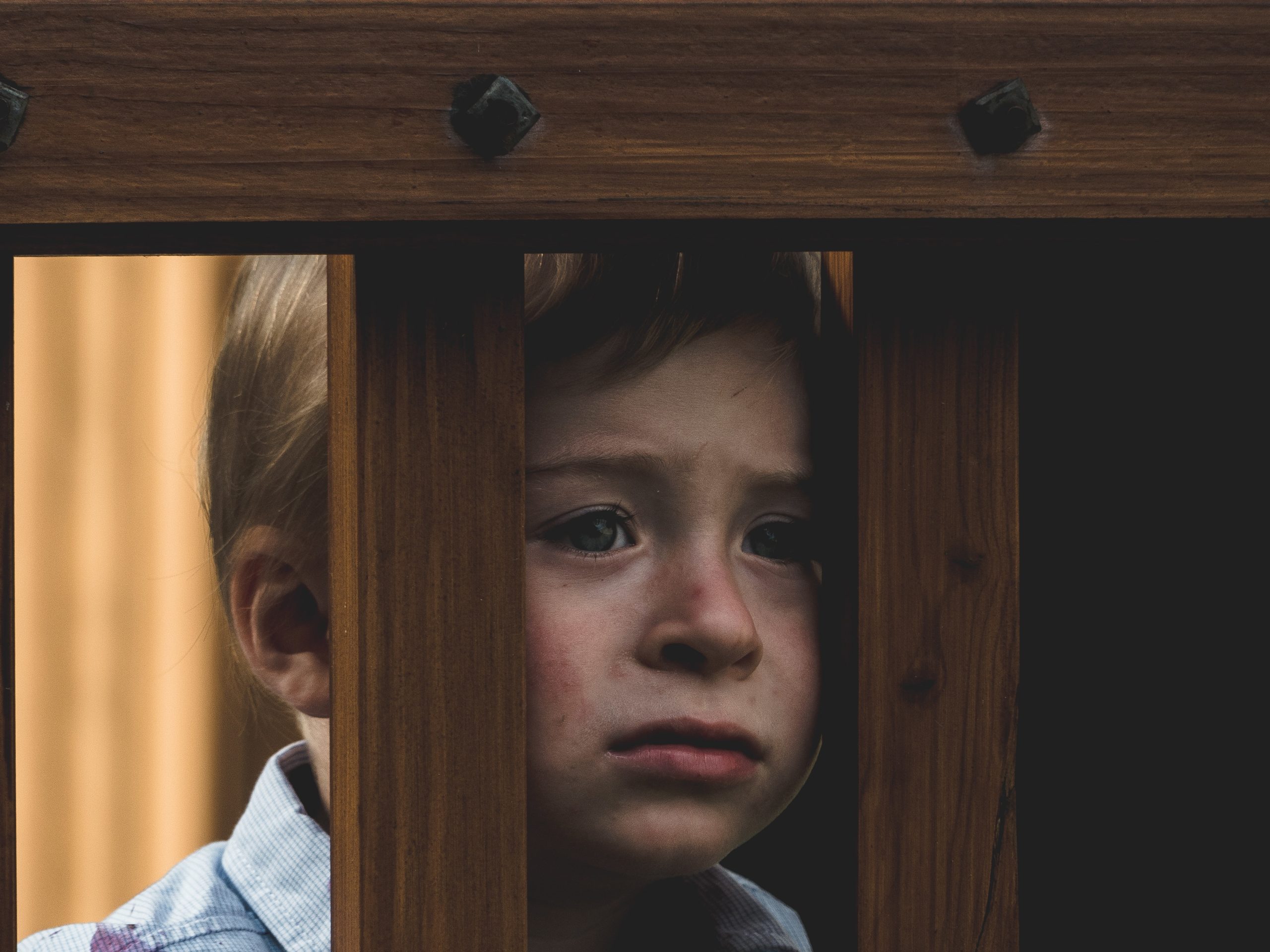The kids we lose, a documentary scrutinizing the channel from school to prison.
The National Center for Learning Disabilities (2017) declared that fourth-grade students with low reading proficiency are more likely to be incarcerated than students who are reading proficiently.
About the documentary
Dr. Ross W. Greene, through his non-profit organization, “Lives in the Balance,” funded the documentary “The Kids We Lose.” To this end, Dr. Greene collaborated with the independent production company “Lone Wolf Media”. This company is one of the leaders in factual entertainment.
The documentary graphically shows the evolution of children who are not fitting in the school system. The most compelling evidence of children not fitting in is that they won’t or can’t abide by school regulations. They rebel, and they act as if the world should be revolving around them.
In fact, they behave as if nothing else matters but having it their way!
Let us take an example!
For instance, Johnny doesn’t want to come back from recess. The bell rings, and children start to line up, but Johnny keeps playing with his cars on the playground.
Dialogue
Teacher: Johnny, it is time to line up, let’s go! (Johnny continues playing disregarding the invitation to line up).
Teacher: Johnny, put your car in your pocket, and please line up.
Johnny: I want to play!
Teacher: I understand, but it is now time to line up. You can play again during next recess. Come on, Johnny, you will be late for your class. Look, everyone is going in, and your teacher is waiting for you!
Johnny: Yelling and crying. I don’t want to, I want to stay here and play.
Teacher: I will have to call for Mrs. Summary (Assistant principal) if you do not come with me.
Johnny: Now rolling on the ground. I don’t care, I want to play and I don’t want to go to class! And, I hate my class and I hate everybody!
At this point, the Assistant principal and the behavioral specialist come and using CPI technics (1), bring Johnny back to school.
What is happening to children like Johnny?
They are commonly called “children at risk” because they usually do not perform to the expected academic level due to behavioral challenges.
As a consequence, they might not graduate from High School while suffering through 12 years of schooling.
Through this documentary filmed across North America, Dr. Greene documents the methods used to bring these children “back in line”.
People who read this post also read: Lost at school – Part 1/2
Sadly, the documentary portrays children out of control and adults using different avenues to contain them.
Thereupon, the methods went from restraining the child, to send him back home, to in school or out of school suspensions, to handcuffing children, to involving the police, to placing children in solitary confinement or locked-door seclusion, to using a paddle to spank them.
This documentary is very difficult to watch! And it is even more difficult to realize that no better solutions are found and applied to change the course of these children!
PODCAST from Dr. Ross W. Greene

Following the documentary, Dr. Greene explained his reactions after hearing from people who watched the video. Click here
Next post: What is happening to Johnny?
On the next post, we will discuss “What is happening to Johnny?”
What to expect!
- How a child is responding to these treatments?
- Why the child doesn’t stop misbeaving and what are the subsquent consequences?
- The solutions!
- And finally the link to the documentary.
In the meantime, parents and children, eLearning-sofun is for you! If you have questions after reading this post, please send them below. We will answer every question.
“Learning is intelligence having fun!”
(1) CPI technics have been established by the crisis Prevention Institute offers nonviolent crisis intervention training designed to teach best practices for managing difficult situations and disruptive behaviors.
Students learn how to identify at-risk individuals and use nonverbal and verbal techniques to defuse hostile or belligerent behavior. To know more click here
Photo by Tadeusz Lakota on Unsplash
